Bolivia is a landlocked south American nation that shares borders with Chile, Peru, Brazil, Paraguay and Argentina.

Bolivia has a population of about 11,639,909 (July 2020 est.).
Over 60% of the population of Bolivia is younger than 25 years old.
Spanish is the official language of Bolivia. So are the indigenous languages Quechua, Aymara and Guarani.
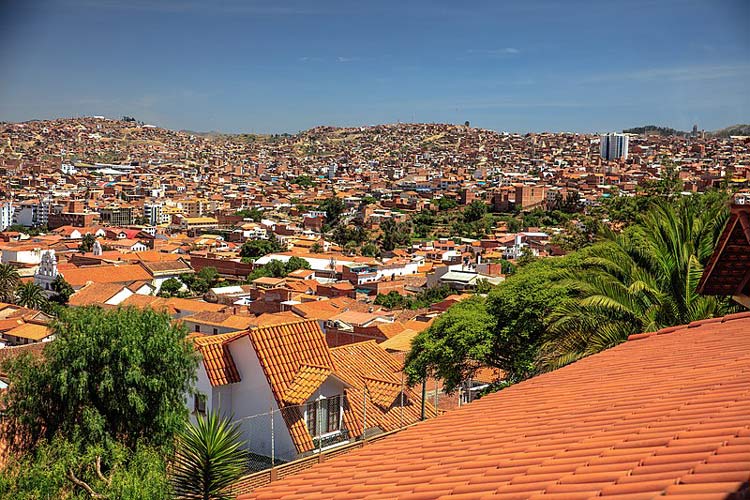
La Paz is the administrative capital and government headquarter of Bolivia. While the Supreme Court of Bolivia operates from Sucre, making this south-central city the country’s judicial (constitutional) capital.
Known as the heart of Bolivia, Sucre is a UNESCO World Heritage sight.
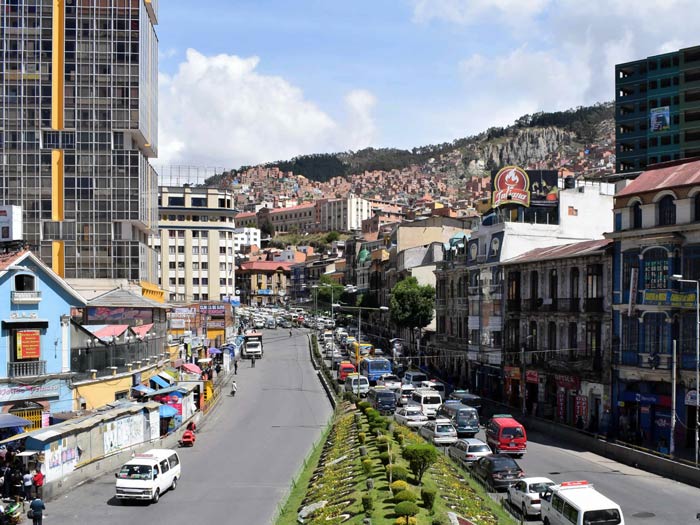
La Paz was originally known as La Ciudad de Nuestra Senora de La Paz, which translates, The City of Our Lady of Peace.
La Paz is famous for its mesmerizing topography of great heights, and low land areas where many residences are found.
Located in the Andes mountains, La Paz is the world’s highest capital city. Its altitude ranges from around 13,000 feet (4,000 meters) above sea level to some 10,000 feet (3,000metres) in certain places.

In Bolivia, you are allowed to vote at 18 if you are married, and 21 if you are single.
76% of Bolivians identify as Roman Catholics, followed by Pentecostals, Protestants, and others.
It is uncommon for women to work in Bolivia; men are considered the breadwinners.
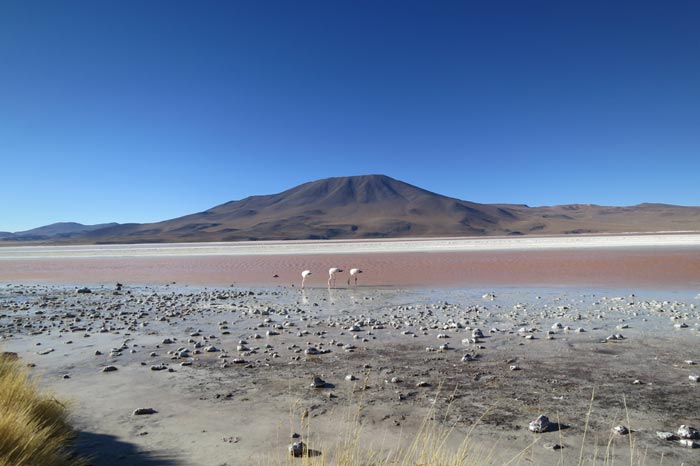
Bolivia has a markedly diverse terrain that extends across:
- the peaks and valleys of the Andes Mountains, the world’s longest mountain range stretching through 7 countries: Bolivia, Argentina, Chile, Colombia, Ecuador, Peru, and Venezuela;
- the Atacama Desert, known as the driest area on earth;
- and the Amazon Basin rainforest.

The country of Bolivia is home to the world’s largest salt desert known as Salar de Uyuni or The Uyuni Salt Flats. It covers around 4,000 sq miles (approximately 10,000 sq Kilometers) in area.
The Uyuni Salt Flats, a huge touristic magnet, is characterized by white salt that looks like glass, tile-like rock formations, and some shrubbery.
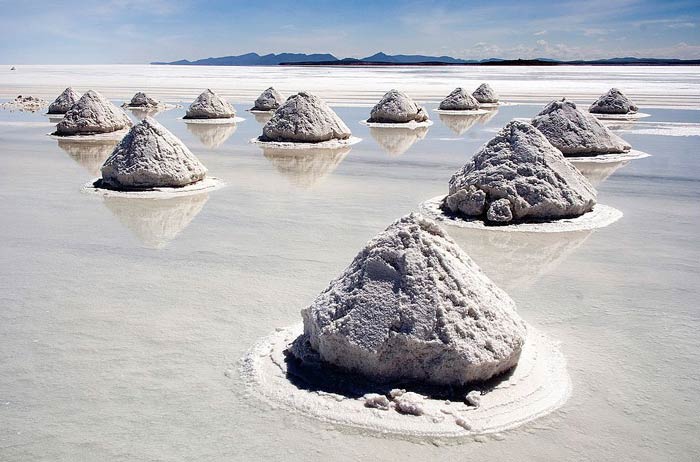
Photographer notes: The Salar de Uyuni is the world’s largest and highest salt flat… 25 times as large as the Bonneville Salt Flats [in Utah, USA]. It’s the remnant of a prehistoric lake surrounded by mountains without drainage outlets. Salt is harvested in the traditional method: the salt is scraped into small mounds for water evaporation and easier transportation, dried over fire, and finally enriched with iodine.
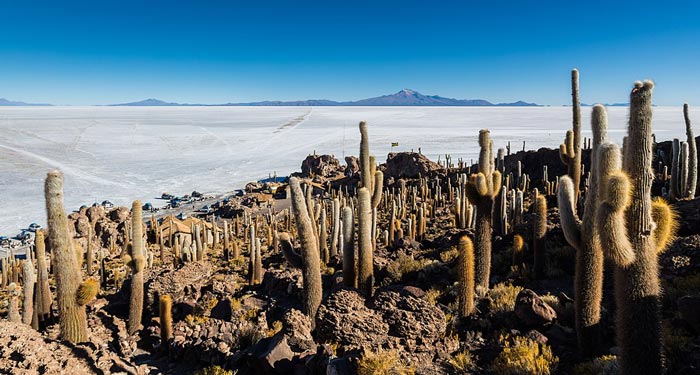
Photographer notes: View of the Salar de Uyuni, the surrounding mountains and giant cactuses (Echinopsis atacamensis) in Incahuasi island, Daniel Campos Province, southwest Bolivia, not far from the crest of the Andes. This salt flat is… the world’s largest.
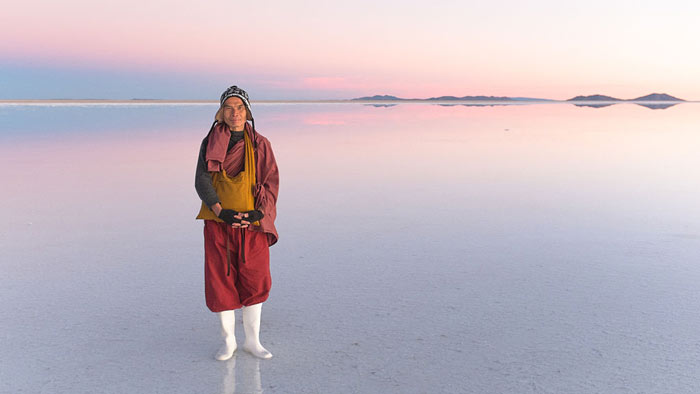
Photographer notes: Photo taken at sunset time. He was travelling for a few weeks in order to see some nice places and to meet some of his fellow monks scattered across Latin America. He was given a tablet computer to document his travels, which he seemed to have done pretty well.
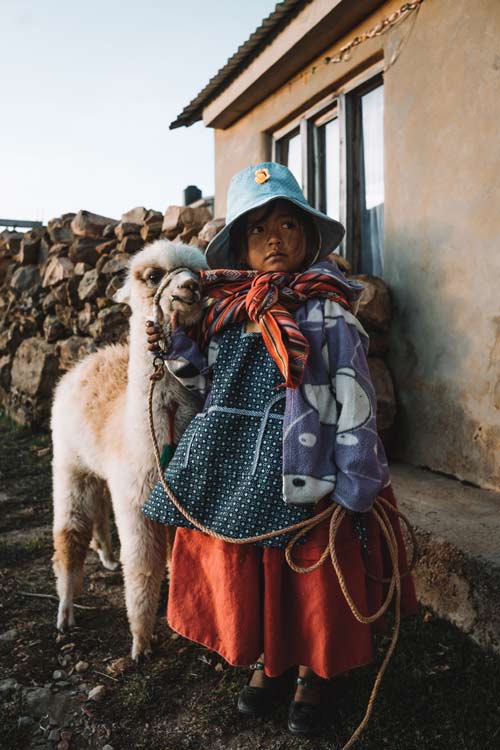
The clock on the congress building in Bolivia runs backwards. It was set this way to encourage Bolivians to appreciate their culture, and to think differently and originally.
You will find people dressed as zebras on the streets of La Paz to help children cross the road carefully and to teach them about road safety.
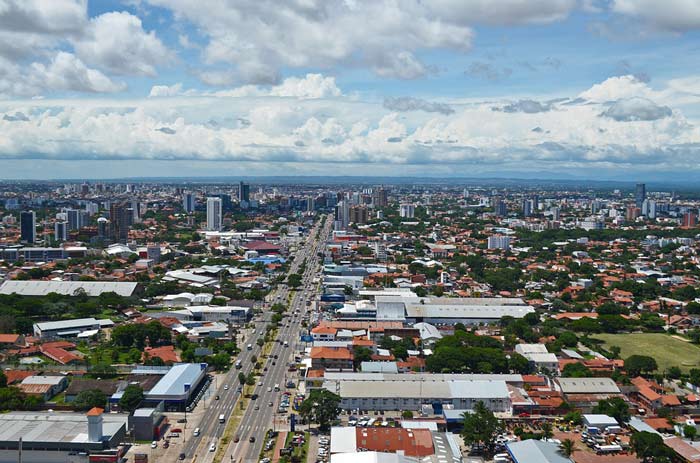
Santa Cruz de la Sierra is Bolivia’s largest city, followed by Cochabamba, then La Paz.
